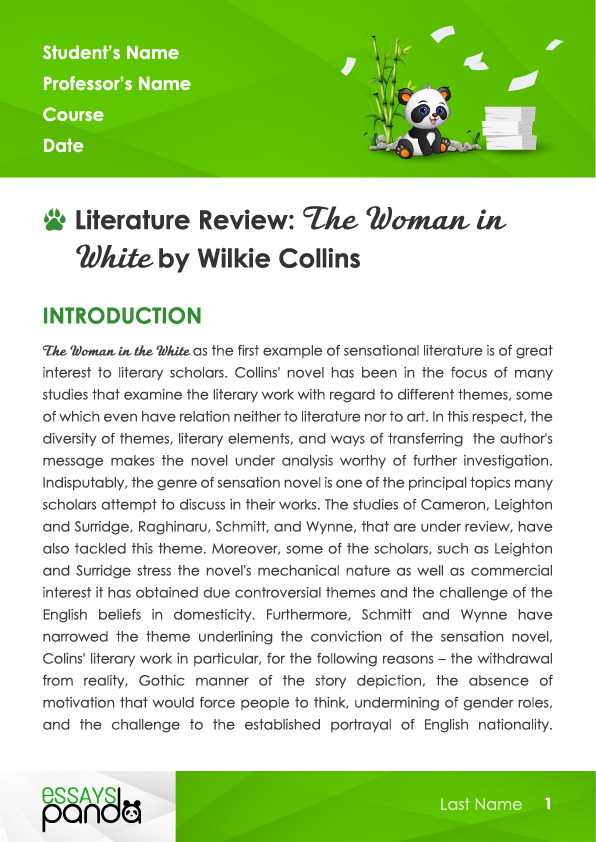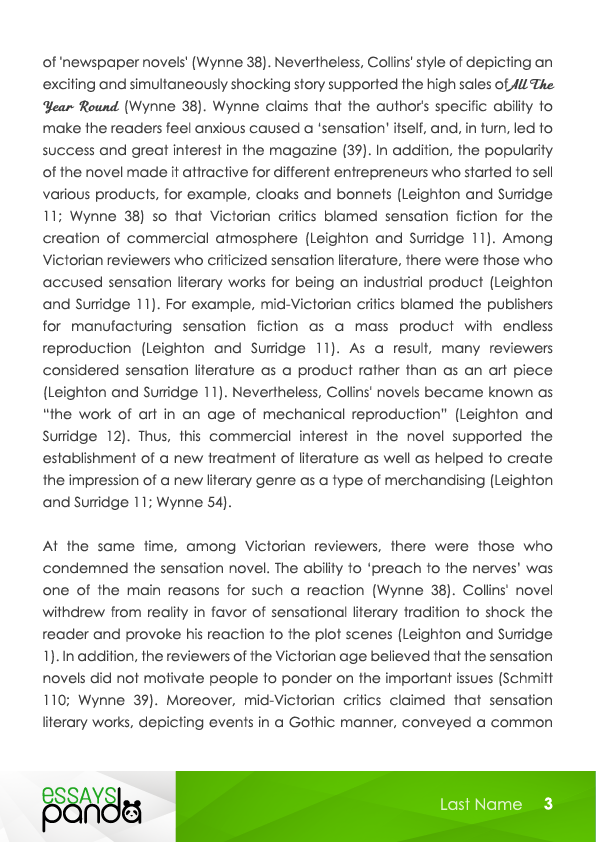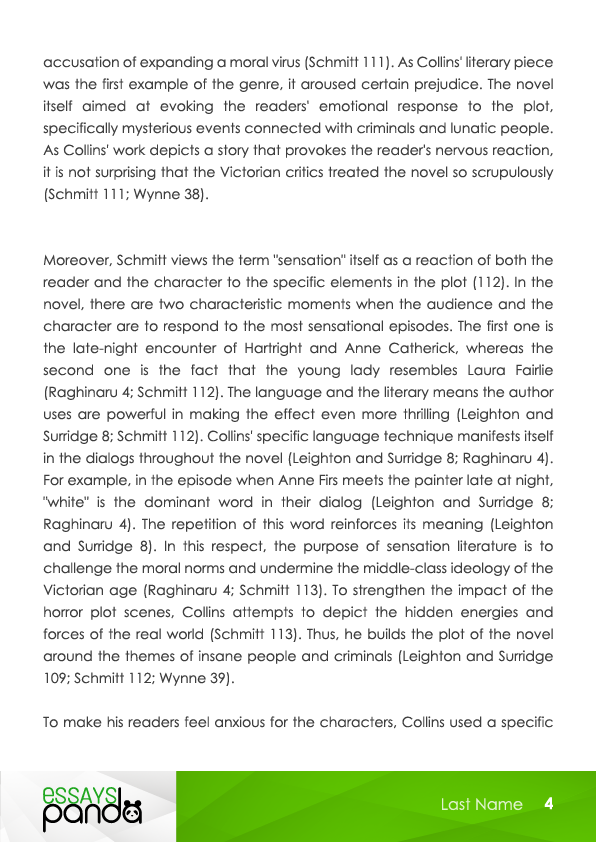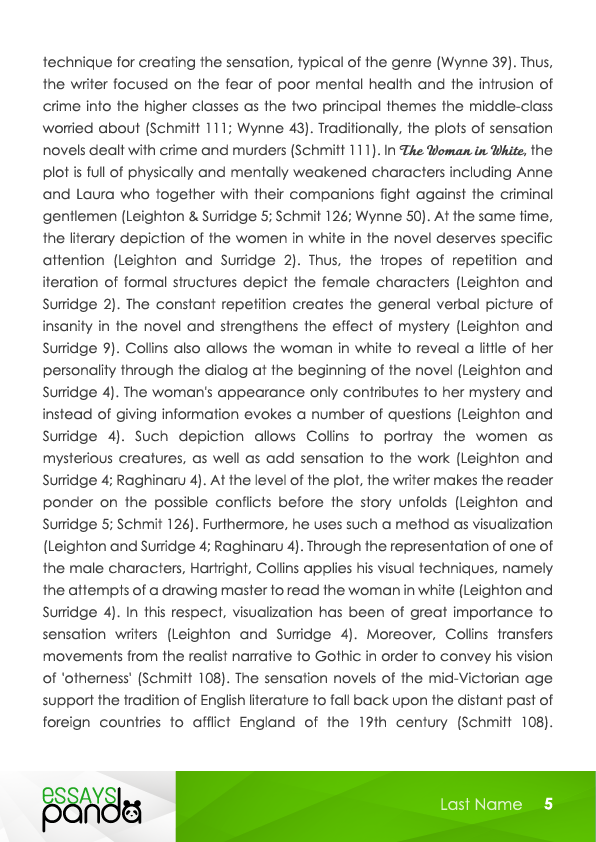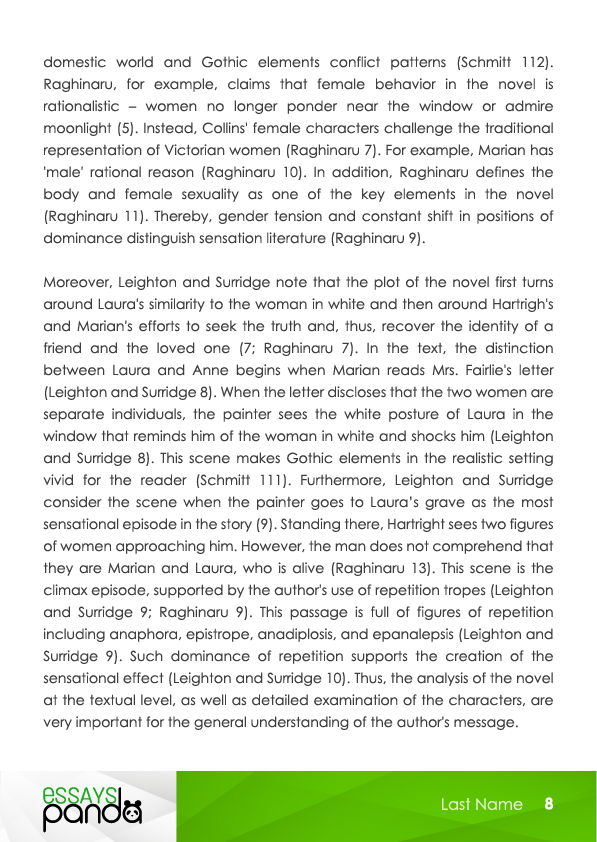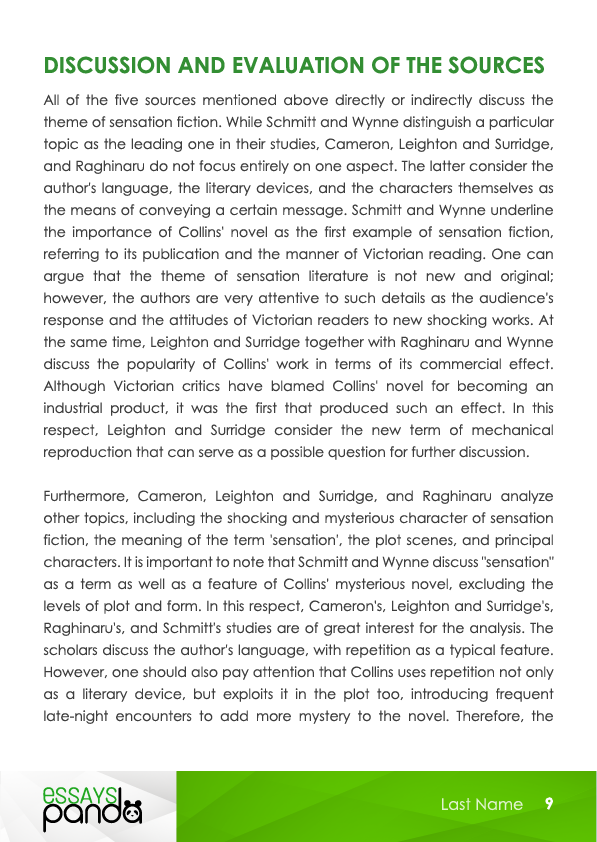The Literature Review Explained
Unraveling the Mysteries of the Literature Review: Your Path to Academic Excellence
In the realm of academic writing, the literature review stands as a formidable pillar upon which the edifice of research is constructed. It’s the critical backbone that defines the essence of your scholarly work, ensuring that it not only stands on the shoulders of giants but also contributes something meaningful to the ever-evolving body of knowledge.
Welcome to our comprehensive guide on the art of the literature review. Whether you’re a seasoned academic or just embarking on your scholarly journey, this article will demystify the process, equip you with the necessary tools, and elevate your skills to craft literature reviews that leave a lasting impact. Join us as we delve into the heart of this crucial component of research, shedding light on its significance and offering you a roadmap to excel in your academic pursuits. Let’s embark on this enlightening journey together.
What is a Literature Review?
What exactly is a literature review? This task involves combing through various academic sources that are related to a topic you are investigating. Before you can start doing your research on a problem, it is essential to determine what important and relevant information already exists. Literature review writing achieves the following:
- it describes the publication being reviewed;
- it summarizes the main points of the publication;
- it discusses any gaps in the research;
- it evaluates how the publication contributes to the topic.
What is the Point of Writing a Literature Review?
A literature review serves as a useful guide to the topic you are studying. If you only have a short amount of time to conduct research, the review of literature acts as the foundation to get you started. If you are a professional, the literature review is a convenient way to keep you up to speed on the latest information related to your discipline. If you are a scholar, knowing how to write a literature review is important because it adds credibility to your research. For the reader, it gives them high-quality background knowledge about the topic, especially if their understanding is limited. The bottom line: no scientific research is complete without the literature review.
What Types of Disciplines Most Commonly Utilize Literature Reviews?
Literature reviews are requirements whenever you do research related to natural sciences or social sciences. You will also sometimes find it in research related to humanities. If you are writing a lab report or conducting an experiment, the literature review will make up a section of your paper. In other cases, the literature review is a standalone task.
Tips for Creating a Literature Review
Now that we have answered the question, “What is a literature review?” the next step is to discuss how to create it. Keep in mind that the length of the literature review and how deep it will depend on the size of your research itself. For instance, if you have been asked to write a paper 10 pages in length, the literature review might consist of around 5 sources. Ultimately, there is no clear-cut requirement as it relates to the number of sources. Use your best judgment and ask your advisor what they expect.
How to Do a Literature Review: A Step-by-step Guide
- Determine Your Goals. If the purpose of your paper is to argue for or against a position, create a clearly written statement that establishes this position. On the other hand, if you are determining the validity of scientific theories, you should develop a testable hypothesis. If the purpose is to create a stand-alone literature review, state the purpose of this project. It is important that the reader understand the purpose of your paper so that the literature review is geared towards a particular viewpoint.
- Do Your Research. Select a handful of publications that are related to your topic and position, making sure they come from reputable scholars. Familiarize yourself with the academics who are most knowledgeable in the topic’s discipline, and make sure to include their works in your literature review.
- Base Summary in terms of Relevance. As you go about summarizing the works, tie each of them back to the main points of your thesis, hypothesis or explanation for the project. Explain why the work is relevant.
- Organize Everything Logically. The literature review is key for developing your arguments. What were some of the early, initial positions that researchers made and how did they change over time as more and more discoveries were made?
- Include References/Works Cited List. As you work on the literature review, you will mention the names of the authors and the publication dates in the text, but as with any academic paper you will need to attach a bibliography/reference page to the end of the report. Make sure to adhere to your advisor’s formatting recommendations whether it is MLA, APA, Harvard, etc.
Organize It Properly
At this stage, you are able to express the purpose of your paper. Now you need to determine the best way to present the information. Consider which topics and subtopics are most important to highlight. Also, think about the order in which you will arrange them. Organize the review taking into consideration both local and global aspects:
As with academic papers, the literature review needs to be broken into at least three main parts: the introduction or background, the body of the paper in which you review the works, and conclusions/recommendations.
- Introduction: Provides context for the reader and explains the purpose of the paper
- Body: the part of the paper where you discuss the sources.
- Conclusions/Recommendations: Discuss what you have learned based on the sources. What happens next in terms of the research?
Literature Review Example
Below, you’ll find a literature review example, written by our professionals. You can download these examples or order a similar authentic paper!
Professional Literature Review Services
Whether you are a college student or in grad school, you have a whole lot on your plate. Those assignments, presentations, article reviews and essays can really pile up! If you have a short paper, that is not too difficult to tackle. But if we are talking about something like a dissertation literature review, that requires a whole lot of time and effort. If you have a literature review project lined up, why not seek help from Essays-Panda.com, a reputable academic writing service? When you buy a literature review using our services, you relieve yourself of the burden while still submitting work that impresses your professors!

